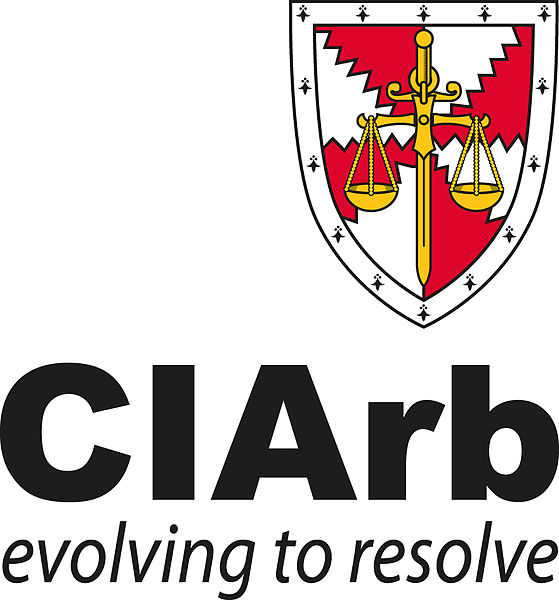Published in Los Angeles Daily Journal
Driven by loss aversion, wars have been fought due to what is known as the “sunk cost fallacy.” Everything from my mother’s meatloaf, to a movie ticket, an outdated cell phone, to billions of dollars in armaments, can represent “sunk costs.” A sunk cost is one that has already been spent and cannot be recovered. Sunk costs should not be considered when making decisions. Only costs relevant to a specific decision, which may change depending on that decision, should be weighed when analyzing a course of action. But is that how our minds work? Do we need help overcoming the obstacle of the sunk cost fallacy?
My mother taught me to eat everything on my plate. Money was scarce, and children were starving somewhere in the world, so she taught that we should be grateful and not waste anything. Mercifully, she had the grace never to prepare meals which she disliked, so liver and onions never appeared on our plates. Restaurants have posed a different challenge. I, or someone else, pays for the meal. No matter how bad the food might be, how full I might become, or how miserable that final spoonful makes me feel, I hear my mother’s voice exhorting me not to waste money or food. Like Mr. Creosote in Monty Python’s Meaning of Life, I find myself unable to forego that last wafer.
I wonder, what if one’s diamond wedding ring slipped from your finger and fell into the drain in a public restroom? Or a cell phone launched from your hand in the New York City subway just as a train passed only to hear the cacophonous sound of metal wheels grinding Steve Jobs’ curse on humanity into dust? Both seemingly gone forever. Would you make every effort, at great personal risk, to recover them?
I commit the sunk cost fallacy whenever I clean my plate unnecessarily. Nations commit the fallacy by pouring resources and personnel into conflicts with no possibility of military, political or other advantageous outcomes. And litigants commit the fallacy when they look backward at what they have expended in a business transaction on non-recoupable expenses, including unrecoverable litigation fees, rather than looking forward at the likely commercial or litigation results.
In nearly 20 years mediating complex commercial disputes, I have seen the “sunk cost fallacy” often erect an initial barrier to a party’s perception of the optimal path to resolution. An example may sound familiar.
A defendant invested $8 million on research and development, manufacturing and marketing to test a proposed product. It reached the conclusion that its product was not viable. However, prior to that epiphany, Plaintiff sued the Defendant for breach of contract, claiming that he had an oral agreement with the Defendant to market the product in exchange for a 20% commission on all sales. Defendant spent another $1.5 million defending the lawsuit before concluding that the product was not viable, even though it understood that it could not recover its attorneys’ fees if it prevailed. Defendant was incensed at the allegations in the litigation and what it perceived as an assault on its business reputation. Defendant wanted to pursue its defense, because it had now “invested” $9.5 million in the project. Notwithstanding its now completed market research, it became convinced that it needed to defeat Plaintiff’s lawsuit and then reverse the corporate decision to abandon the project by investing another $3 to 4 million in research, development and marketing.
This scenario involves classic unrecoverable sunk costs. Neither the past research, development, manufacturing, marketing or litigation expenses are recoverable. Shorn of its emotional investment in the litigation, Defendant was ready to abandon the doomed product. Helping Defendant overcome the sunk cost fallacy, which would permit it to evaluate the true settlement value of the case and avoid sinking more money into a losing venture (even if it wins the case), requires a multi-step process. Defendant must shift its thinking away from an obsession with its past unrecoverable expenses and focus on the present and future using a cost-benefit or decision tree analysis. Doing such an analysis forces a party to evaluate what it stands to gain (or avoid by way of an adverse result) in a negotiation or pending litigation, the remaining costs to attain that result, and the chances of prevailing. It is a specific analytic tool designed to yield a discernible settlement range, divorced from an emotional attachment to unrecoverable past costs. By focusing on the future, emotions such as adherence to sunk costs, are removed from the analysis and the focus is placed on decisions that maximize potential recovery/avoidance of further loss.
If the defendant remains unmoved, or needs further convincing, it is useful objectively to revisit the facts and law which will determine the outcome. This often requires pre-mediation screening that the right people will be at the mediation table. When the decision-maker who originally invested the now sunk costs is also making the decisions at the mediation, the emotional pull to salvage the project or avoid further reputational damage can be blinding. A clear-eyed assessment of the facts, independent of any emotional baggage, requires objectivity or significant self-awareness. A good mediator will prepare for this eventuality by a pre-mediation conference that sensitively explores these issues.
Finally, if letting go of the past costs is unthinkable, the trust and rapport established by the mediator may prove crucial in convincing parties consciously to disregard the Las Vegas-like character of the enterprise. The negotiation may have become more of a gamble than a realistic business decision. If an analysis of the odds and the economics are not compelling, then perhaps the parties would like to play double or nothing and make an offer that is commensurate with that approach. Numbers don’t lie, but emotions can cause people to make wild bets. A trusted mediator can induce parties to face the realities of their bargaining positions and call bluffs, whether intended or not.
A final thought: Not all past expenses are “sunk costs.” Some expenses can be recovered by a business (e.g., saleable equipment), and others in litigation (e.g., damages on a claim, counter-claim or as attorneys’ fees). Perhaps more importantly for settlement purposes, where potential business solutions are viable, the fact that the opposing party “has skin in the game” can be a valuable indication of commitment to a process or venture. It may not be capable of being recaptured dollar for dollar, but if the parties can coexist going forward, their mutual commitment is worthy of acknowledgment as a foundation for a future relationship.
If the parties remain unconvinced, untrusting of the experience of their mediator, and determined to recover un-recoupable sunk costs, liver and onions can be a bitter last meal.
Greg David Derin is a neutral at Signature Resolution. For nearly 20 years, he has successfully assisted parties in resolving more than a thousand complex matters. He is often called upon to resolve disputes after previous attempts have failed. He concentrates on matters involving contract, fraud, entertainment, intellectual property (copyright, trademark, idea submission), trade secret, right of publicity, unfair business practices, employment, class actions, partnership, real estate and legal malpractice disputes.











